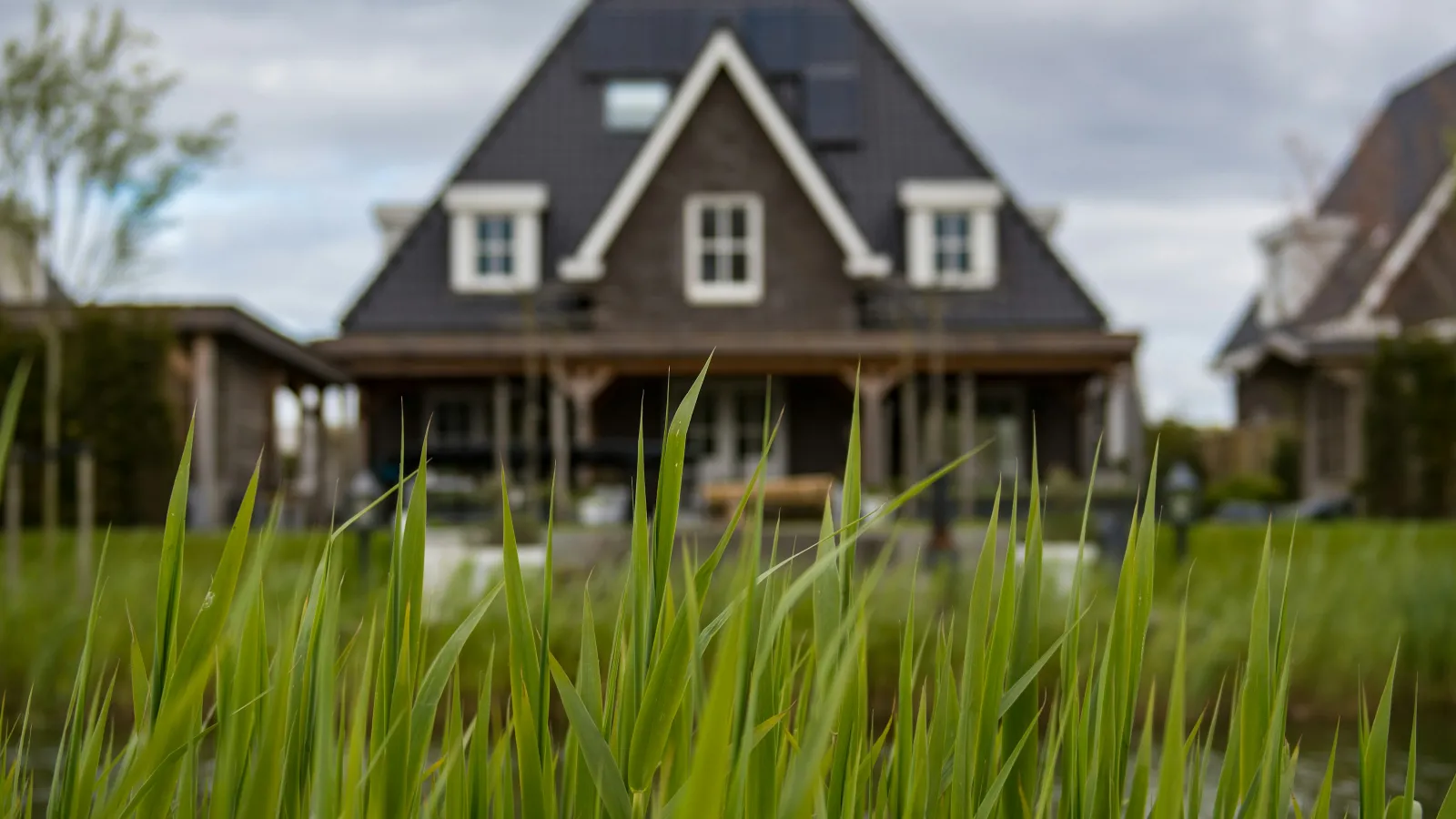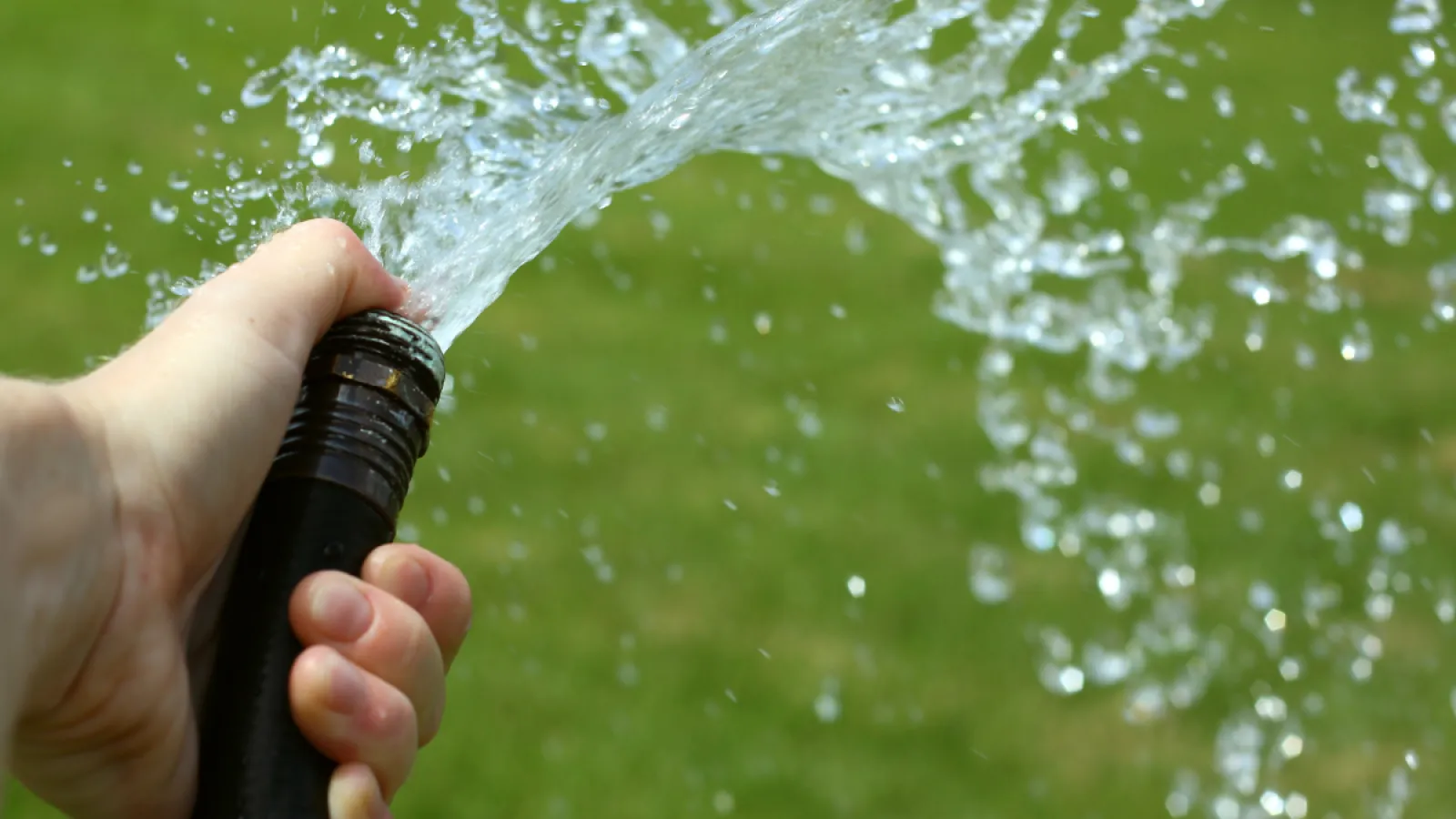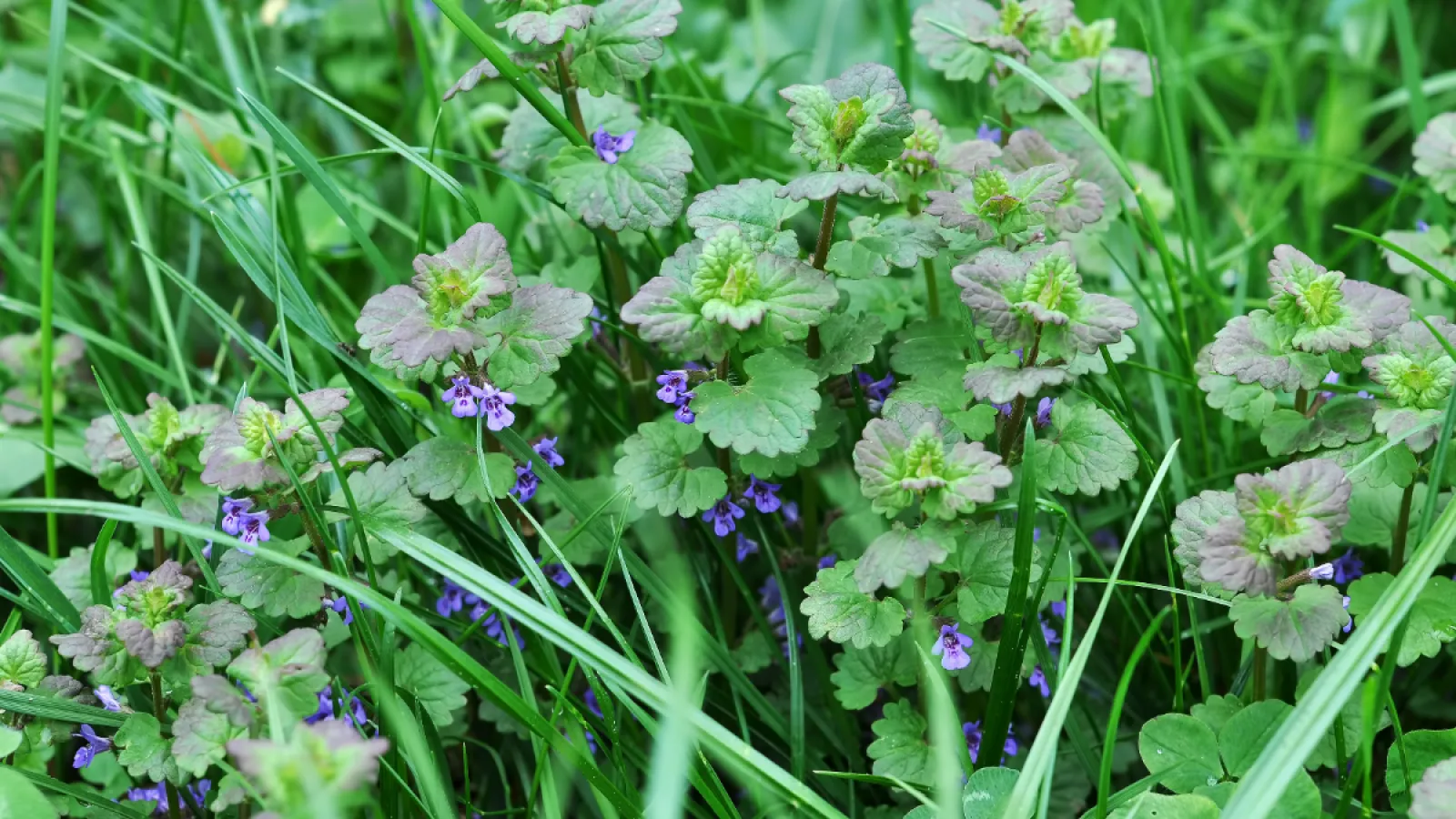
The Difference Between Drought Stress and Drought Damage
Hot, dry summers can cause significant drought stress and drought damage to your lawn. Once the weather cools down and the rain returns, your lawn should be fine, right? Not so fast! Drought stress may be temporary, but drought damage will linger.
The Difference
Drought Stress occurs when warm-season grasses such as Bermuda and Zoysia are actively growing but rainfall and irrigation do not meet the plant’s water requirements. The grass then enters a drought-induced dormancy to protect itself. Signs of drought stress include grass thinning and losing color.
Drought Damage is simply the after-effect of drought stress. Warm-season grasses use photosynthesis to produce and store carbohydrates. Excessive heat and drought interrupt this process, depriving the grass of food later. The result is a thinner lawn and turf that is slower to green up in the spring.
Protect your lawn
Here are 4 ways to protect your lawn and help it recover from drought stress and drought damage:
- Water your lawn properly. Water deeply once per week between the hours of 5 a.m. and 10 a.m. You should provide 1 inch of water per week, and avoid frequent, shallow watering.
- Proper mowing. Never remove more than 1/3 of the grass blade in any one mowing, and stop mowing if your grass is dormant due to drought stress.
- Core aeration. Nothing will stimulate new growth on drought-damaged grass more than a core aeration.
- Do not neglect fertilization. Your lawn will need proper nutrient levels to recover. Our synchronized weed and fertilization program includes a lime application to provide the right nutrients for proper soil pH balance.
If you are seeing the effects of drought stress and drought damage on your lawn, reach out to us. We can provide your lawn with the nutrients it needs to recover and ensure your lawn is healthy and green.


